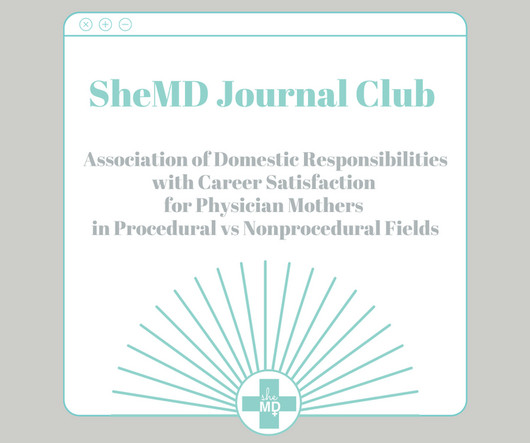178 Exploring barriers and enablers to simulation based training in emergency departments: an international qualitative study (BEST-ED study)
Emergency Medicine Journal
NOVEMBER 28, 2023
Transcribed interview data was classified and coded based on Capability, Opportunity, and Motivation (COM-B) domains and analysed based on Theoretical Domains Framework (TDF). The central themes in terms of barriers and enablers were local culture, leadership, individual needs, resources and optimisation.























Let's personalize your content